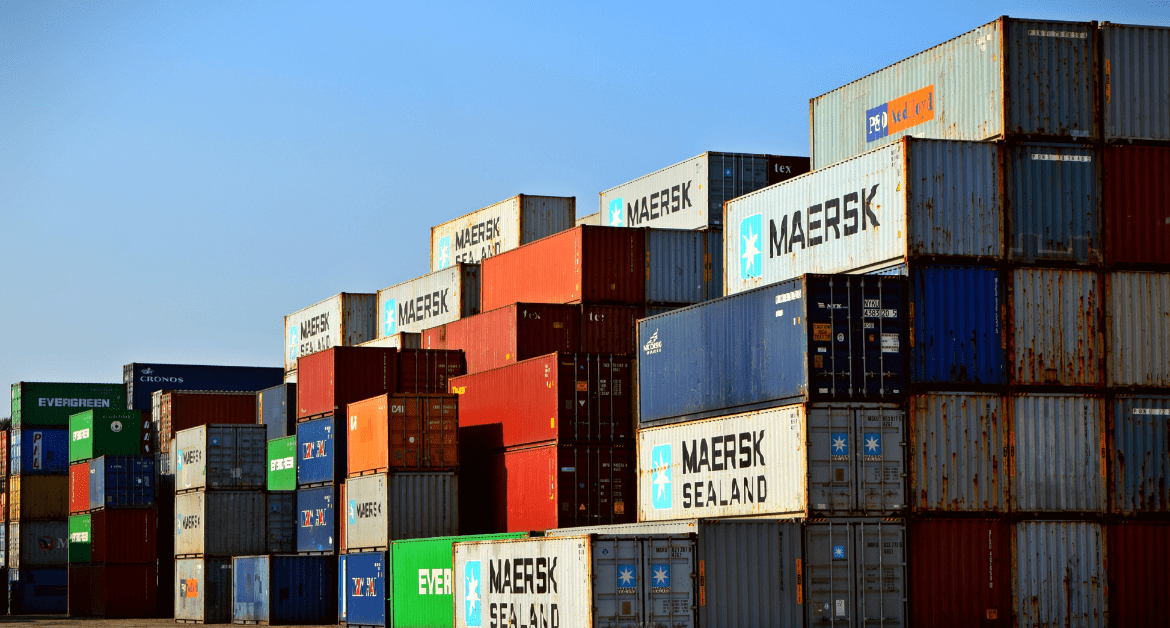
Cargo Insurance, Shipping goods from one country to another can be an intimidating process, especially when sending valuable inventory or fragile items. While many shippers opt for Full Container Load (FCL) shipping to have full control over a container, Less Container Load (LCL) shipping is an affordable option for those with smaller shipments.
However, with multiple shippers sharing container space in LCL shipping, proper insurance is crucial for protecting your cargo. This guide will walk you through everything you need to know about insuring LCL shipments, so you can transport products safely and avoid losses from damage or theft.
Calculate Cargo Insurance Costs
The first step in insuring LCL cargo is to calculate potential costs in the event of loss or damage. Cargo insurance rates for LCL are usually 1-1.5% of the cargo’s value. An accurate valuation of goods is key—don’t underestimate it to save on premiums, as this will reduce payout if you need to file a claim. Tools like online shipping calculators can provide estimates based on shipment details like product types, value, container space used, and origin/destination ports.
It’s also important to account for additional fees like freight, duties, and shipping charges when determining overall value. Discuss options with your freight forwarder or shipping agent as well.
Understand Your Coverage Options
There are a few common insurance coverage options to review before purchasing an LCL cargo policy:
All Risk Coverage
This provides protection against most damages or losses, including:
- Theft
- Rough handling
- Fire/explosion
- Ship sinking/capsizing
- Natural disasters
It offers comprehensive protection. Just be aware of exclusions like war, radiation, and more.
Named Perils Coverage
This covers losses from specific named causes like:
- Fire
- Lightning
- Flood
- Storm
- Shipwreck
It has limited risks covered but can have lower premiums. Ensure causes of concern are named.
Reporting Timeframes
Most policies have set reporting periods to claim damage—as little as 3 days after delivery. Know requirements so you don’t miss deadlines.
Protect Goods with Proper Packaging
While insurance covers damages, prevention is ideal. Follow best practices for packaging LCL cargo:
- Use sturdy boxes & waterproof packaging
- Add ample interior cushioning
- Palletize when possible for easier handling
- Shrink wrap goods to keep together
- Clearly label boxes & provide packing lists
Reinforced packaging specifically designed for shipping can further protect items from vibration, moisture, and shock during transit.
Carefully Select Your LCL Freight Forwarder
Since multiple LCL shippers share space, it’s essential to vet freight forwarders thoroughly. Look for these indicators of reliability:
- Established history & experience with LCL shipping
- Reputation for careful handling of cargo
- Use of high-quality shipping containers
- Financial stability & insurance protections
- Credentialed staff to oversee loading/unloading
A forwarder with rigorous standards helps avoid issues like overloading containers or mishandling fragile cargo.
Understand Documentation Needs for Cargo Insurance
Work with your forwarder to ensure you have the required documents for customs, insurance claims, and tracking:
- Commercial Invoice with shipment details
- Packing List detailing goods & values
- Certificate of Origin declaring manufacture location
- Inspection Certificate verifying the condition of cargo at origin
Keep copies for your records as well. Having proper documentation demonstrates due diligence if damaged goods need assessment.
Track Your Shipment Closely
Actively tracking your LCL cargo enables quick response to any issues. Check container loading date, and vessel ETAs, and coordinate local delivery. Notify your insurer immediately of any delays, damages, or losses. The faster a claim is made, the quicker resolution can begin.
How to File an Insurance Claim
Should damage or loss occur, here are tips for filing an LCL insurance claim:
- Note all relevant details like time, location, witnesses
- Take photos documenting damage & packaging
- Keep damaged goods until insurer inspection
- Provide copies of shipping documents like the bill of lading
- File promptly within the policy timeframe
Having a well-documented claim supports proper reimbursement. An experienced marine insurance company will assist with the claims process.
Find the Right Insurance Partner
Securing insurance from an established marine cargo insurer or freight forwarder with underwriters versed in LCL shipping gives peace of mind. Ask about their history with LCL claims, processes for assessing damages, and pursuing recovery from responsible parties. The right partner understands LCL risks and simplifies claims resolution.
While LCL shipping provides an affordable option for smaller cargo, protecting goods with insurance is a key consideration. Assessing risks, preventative packing methods, vetting your freight forwarder, maintaining documentation, and promptly addressing any issues all help mitigate potential problems. Finding the right insurer simplifies matters if claims arise. With smart preparation guided by a quality insurance provider, LCL shipping can be a secure choice for small and medium enterprises transporting goods internationally.

 +971-52-799-9230
+971-52-799-9230
